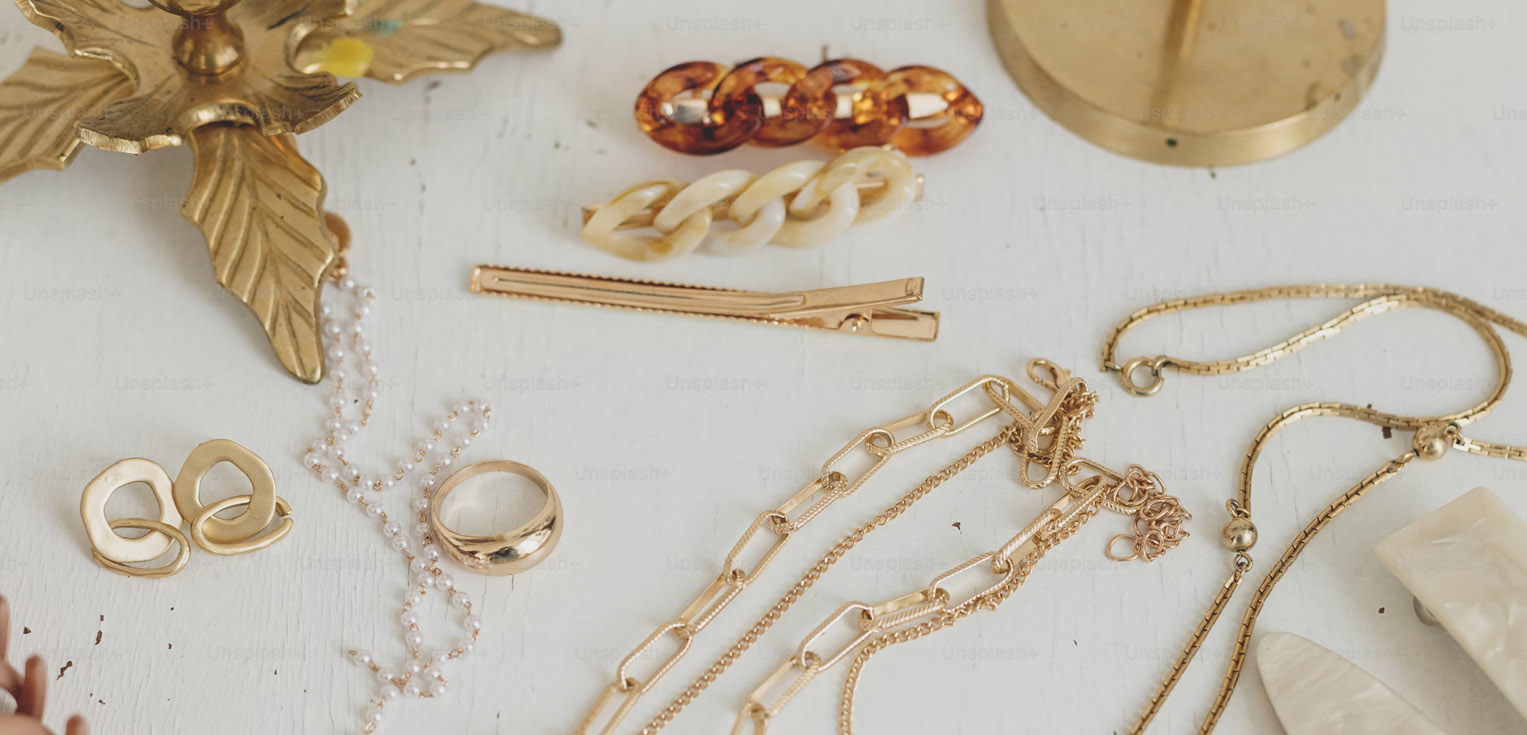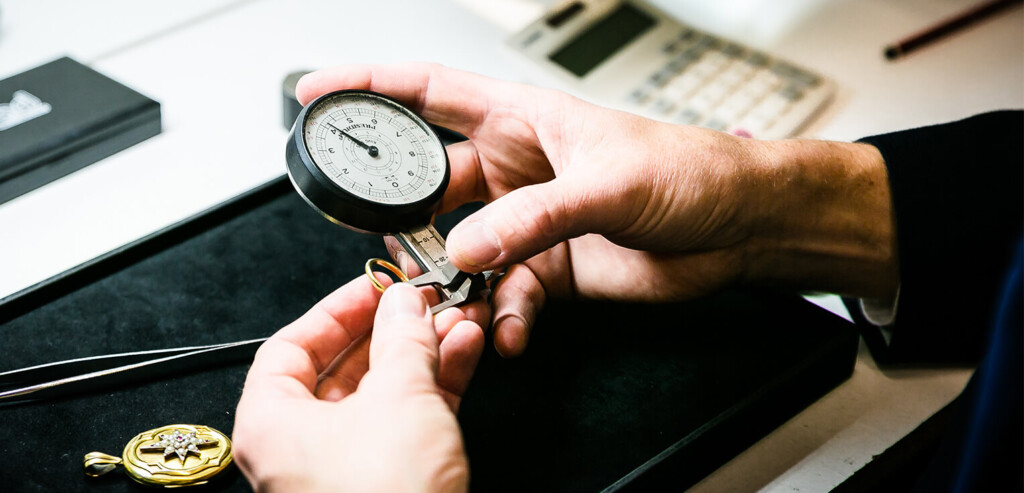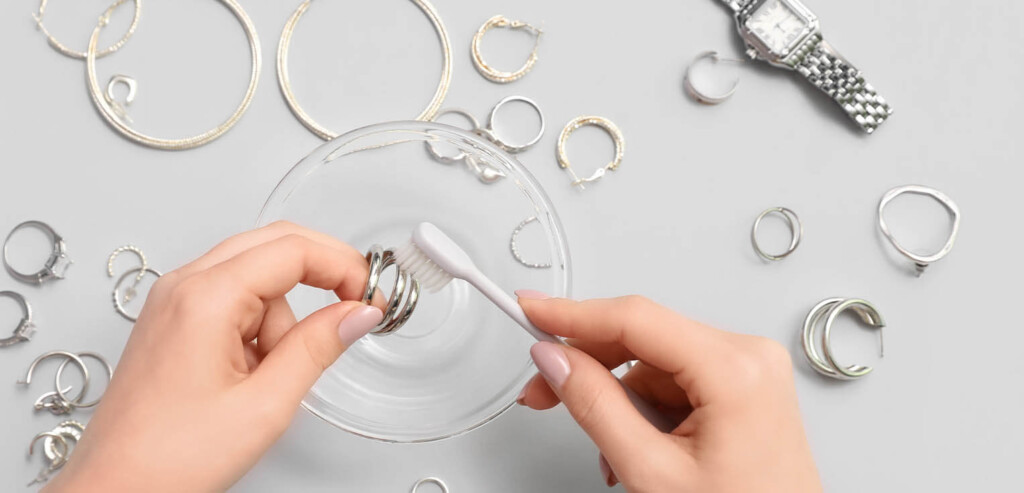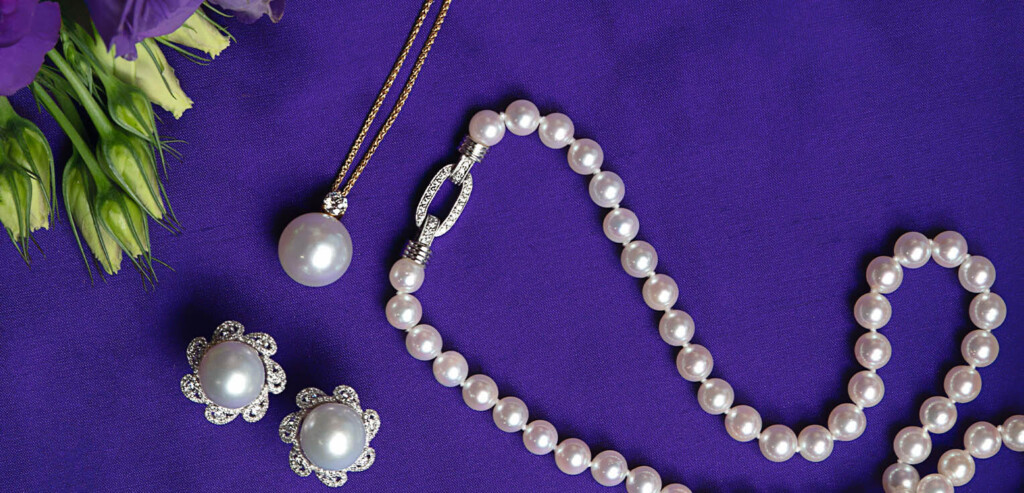Gold is one of the world’s four most precious metals (gold, silver, platinum and palladium). It is used in everything from jewellery and electronics to aerospace and even the food we eat. Gold is incredibly valuable, so it’s not surprising that everyone wants to ensure they’re investing in the right type of gold.
In this article, we will be discussing the various types of gold in order to understand more about this precious metal, the forms it takes, and the colours it’s available in.
The 5 Different Types of Gold
When people think about gold they typically picture a few different things; most people think of the heavy gold bars shown in heist movies or they conjure images of pirate ships laden with chests of gold coins. However, there are many different types of gold and many forms it can take. There are even different colours to choose from.
Let’s take a closer look at the different types of gold so you can see how extensive and widely used this precious metal really is.
Gold Bars
When most people picture gold, they picture gold bars. This is because gold bars are one of the world’s most recognisable forms of gold. According to Gold Core, “A gold bar is a uniform block of gold with a minimum purity of 99.5%. Also known as gold bullion, they come in a variety of weights and sizes, each with its own set of pros and cons, to fit the preferences of any investor.”
Often represented in the movies and typically sought after for their gold content and weight, gold bars remain a valuable type of gold and are a popular investment choice for many people.
Gold Jewellery Pieces
Perhaps the most common type of gold is gold jewellery. Vintage jewellery most notably focuses on gold pieces such as signet rings, pocket watches, broaches, rings, and more. Today, gold jewellery pieces are most commonly purchased in the form of wedding rings.
Gold lends itself beautifully to jewellery. Gold jewellery can range from earrings and necklaces to bracelets and watches. Gold has an attractive colour and versatility that allows it to be made into just about anything.
Gold Coins
This form of gold has been around for millennials to represent monetary value around the world. Today, gold is not as widely used as an everyday currency due to its cost and the convenience of the digital age we live in. As a result, some gold coins are used as legal tender while others are no longer in circulation and are instead sought after by enthusiastic collectors.
Gold Dust and Gold Leaf
Gold dust and gold leaf are both made from particles of pure gold. While they sound extravagant and unique, they are more widespread than you may think. For example, many restaurants add gold leaf as a garnish to their meals, others add gold dust to their drinks.
Both forms of gold are also widely used in interior design to decorate surfaces, adorn book jackets, and elevate furnishings. In addition, gold dust is frequently mixed into paints and inks, adding a sparkling touch to artwork that helps to beautifully capture the light.
The weightlessness of both these gold forms makes them a popular choice for adding a unique finish to ordinary things and also a cost-effective one. Gold leaf and gold dust are popular ways to make the ordinary extraordinary.
Gold Nuggets
If you’ve ever been panning for gold, you know what gold nuggets are. But for those of you who haven’t panned for gold, gold nuggets are (often very little) naturally occurring pieces of gold in its unrefined form.
Geology In explains, “That means it exists in its pure metallic form, uncombined with other elements, within rock or sediment. Unlike gold flakes or dust, nuggets are relatively large and solid, weighing anywhere from a fraction of a gram to several kilograms.”
Although rare they can be found in gold bearing rivers and the aftermath of previous mining operations. Due to their rarity, gold nuggets are highly coveted by many collectors keen to sell them for a high value.
 |
View gold and jewellery rangeFrom just £120 |
The Different Types of Gold Colours
Now you know a little more about the forms gold takes, let’s discuss the different types of gold colours available because most gold forms (when mixed with other metals) are available in different colours.
The most popular gold colours include:
Yellow Gold
This is the traditional gold colour everyone knows about. Growing in popularity since its conception, yellow gold remains a popular choice for jewellery items, interior design artwork, and more. The rich yellow is a classic and timeless look that many people love.
Top tip: For an especially deep yellow gold colour, opt for 24 karat gold as this is when the depth of the yellow colour will be at its greatest.
White Gold
White gold is currently the most popular metal choice when it comes to jewellery pieces – engagement rings in particular. The colour of white gold is achieved by combining yellow gold with white metals such as silver and platinum to achieve a bright and beautiful finish.
Many white gold pieces are strengthened using a rhodium plating. This ensures the jewellery is properly hardened and able to withstand the wear and tear of daily life.
Rose Gold
Rose gold is a pretty pink-coloured gold that is achieved by adding copper to yellow gold and silver. The hue achieved is often referred to as a reddish pink and although not as popular as traditional and white gold, rose gold has a lovely vintage look that remains a firm favourite for many people.
Final Words
As you can see, there are many types of gold and it is available in a variety of colours. This precious metal has been widely used for millennia and its popularity is yet to diminish.
We hope this article has given you a little more insight into gold in all its forms and colours. You can visit our shop for quality gold jewellery pieces or browse our blog for more informative articles like this one.





